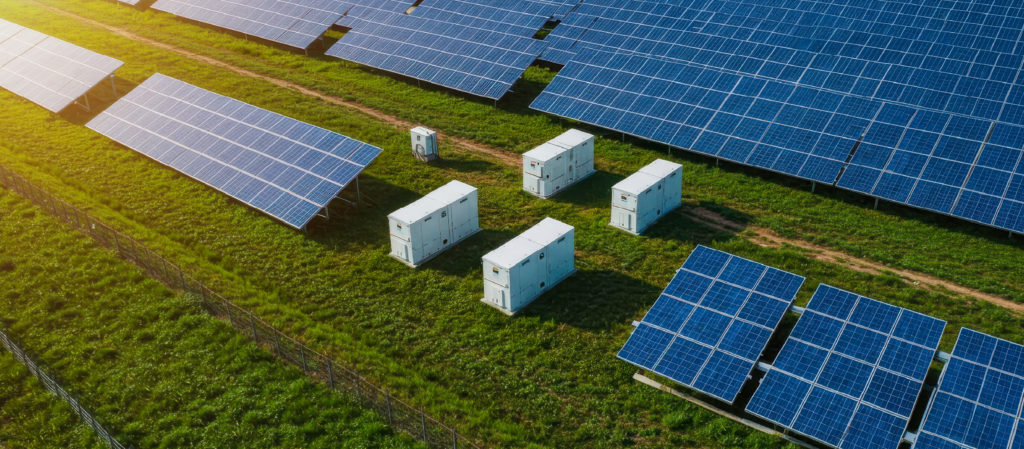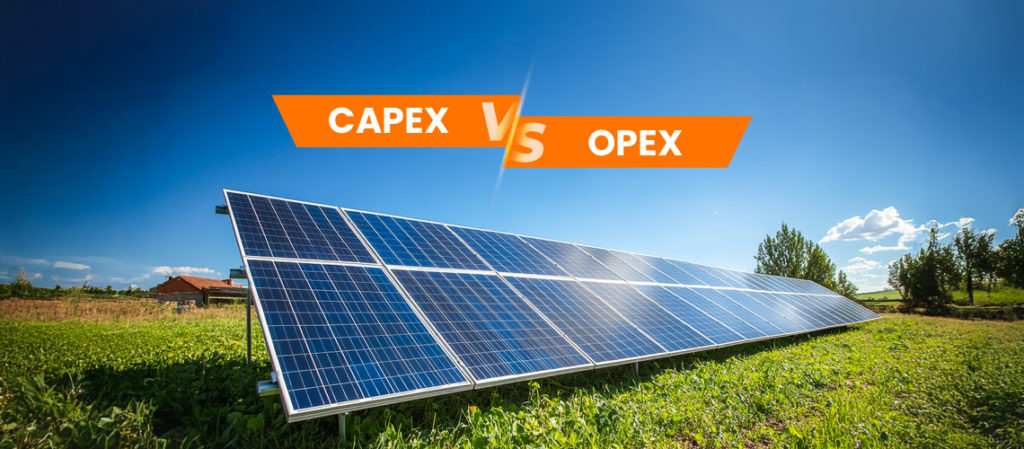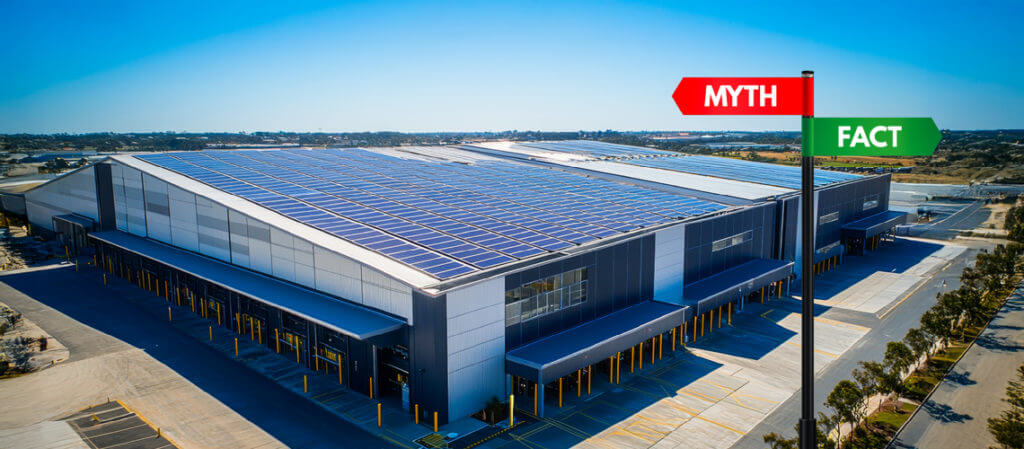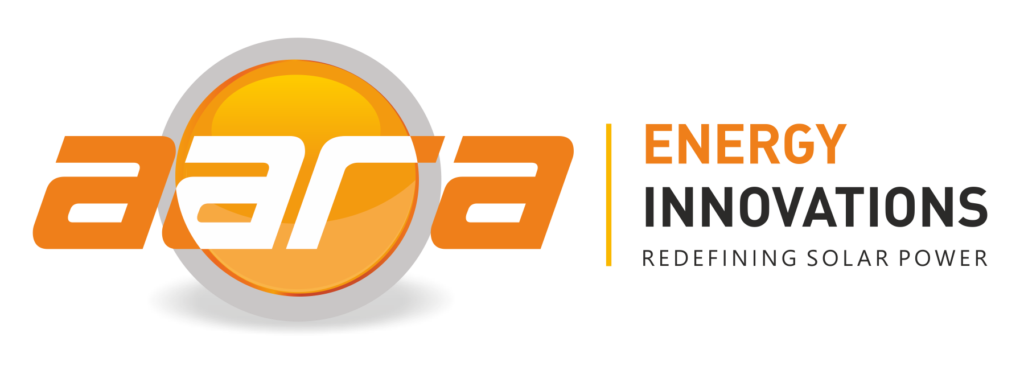Open Access Solar: A Guide to Captive, Group Captive & Third-Party Models
Open Access Solar: A Guide to Captive, Group Captive & Third-Party Models Rahul Bhosale Author – October 20, 2025 For energy-intensive industries in India, the rising cost of grid electricity and the pressure to meet sustainability goals are creating a strong business case for solar. While rooftop solar is a popular option, open access solar is fast becoming the go-to model for large consumers aiming to optimize both cost and scale. But which model—captive, group captive, or third-party—is right for your business? This blog simplifies the concept of open access solar power, breaks down key policies, and helps you assess if it’s the right fit for your operational and financial goals. What is Open Access Solar Power? Open access solar power allows large electricity consumers (typically those using more than 1 MW) to buy power directly from an offsite solar power plant through the grid, bypassing their local DISCOM. This is made possible by India’s Electricity Act 2003, which enables consumers to “openly access” power from a generator of their choice. Open access solar can be implemented in three main models: Captive: Entire plant is owned (or significantly invested in) by the consumer. Group Captive: Multiple consumers co-invest and use power from a shared plant. Third-party: A developer owns the plant and sells power to the consumer via a Power Purchase Agreement (PPA). Open Access Solar Policy in Maharashtra & India The open access solar policy in India varies by state, but the Ministry of Power has laid out national guidelines to simplify approvals and reduce surcharges. States like Maharashtra, Tamil Nadu, and Gujarat have mature frameworks in place. Highlights of Open Access Solar Policy in Maharashtra: No Cross Subsidy Surcharge (CSS) for captive and group captive models. Banking allowed on a monthly basis (with banking charges). Renewable Energy (RE) certificates available for eligible projects. Transmission and wheeling charges apply, but are lower for green energy. This has made solar open access in Maharashtra particularly viable for industries operating across locations like Pune, Nagpur, and Nashik. How Open Access Solar Works Developer/Investor builds a solar power plant, usually in a high irradiance zone. Power is injected into the state grid through an approved substation. Consumer draws power from the grid, adjusted against solar import via energy accounting. Monthly billing reflects the open access power consumed, along with applicable charges. The success of this model depends on seamless coordination between the generator, SLDC (State Load Dispatch Center), DISCOM, and the consumer. Charges & Cost Components in Open Access Solar Even though solar is free at source, certain charges apply when accessing it through the grid: Component Description Transmission Charges Cost for using interstate/state networks Wheeling Charges For last-mile distribution Cross Subsidy Surcharge Waived off in captive/group captive models Banking Charges Applied when power is stored & withdrawn SLDC Fees State Load Dispatch Center coordination fee Despite these, open access solar often results in a 20–40% reduction in energy cost compared to DISCOM tariffs. Benefits / Advantages of Open Access Solar Choosing open access solar power offers significant advantages: ✅ Cost Savings: Lower landed cost of power vs. DISCOM✅ Scalability: No rooftop or land constraints for the consumer✅ Sustainability: Supports RE100 and ESG targets✅ Policy Incentives: Reduced/waived surcharges for captive models✅ Customizable Models: Captive, group captive, or third-party PPA based These are just a few of the advantages of open access solar that make it ideal for large-scale operations. Challenges and Limitations While promising, open access solar does come with a few challenges: ❌ Regulatory delays (state-wise variation in approval timelines)❌ Annual contract demand caps and banking restrictions❌ Volatility in third-party PPA pricing❌ Infrastructure readiness (HT panels, metering requirements) A strong implementation partner can help you navigate these smoothly. Implementation Steps: How to Adopt Open Access Solar Load Assessment: Identify eligible meters and shift patterns. Model Selection: Choose captive, group captive, or third-party. Regulatory Approvals: Apply to SLDC, DISCOM for OA permissions. Power Purchase Agreement (PPA): Finalize pricing and tenure. Scheduling & Accounting: Coordinate with SLDC on daily schedules. Billing & Settlements: Receive monthly OA bills adjusted against grid draw. Open Access Solar in Maharashtra: Specific Insights & Case Context With high industrial demand, policy clarity, and supportive infrastructure, Maharashtra is a top state for solar open access. For example, several factories in MIDC belts near Pune have shifted a large share of their energy requirement to open-access solar power plants in regions like Solapur and Osmanabad. Case Insight: – One leading food manufacturer in Pune faced limited rooftop space and could not afford frequent shutdowns. Aara designed a hybrid system (rooftop + ground-mount) and executed it with just one scheduled power break, ensuring production stayed uninterrupted. What Was Delivered: – 90 kWp capacity: A combined 60 kWp rooftop and 30 kWp ground-mounted installation. Annual generation: ~115,000 to 148,000 kWh/year. 25-year lifetime generation: Estimated at 2.87 to 3.7 million kWh. CO₂ reduction: ~85 to 110 tons annually. This project is a clear example of how solar adoption can be tailored to high-dependency operations, without compromising on performance or reliability, all while delivering measurable sustainability outcomes. Conclusion & Next Steps For industries looking beyond rooftop constraints and seeking deeper savings, open access solar is a compelling option. Whether you’re considering captive, group captive, or third-party solar, the model you choose can be aligned to both your financial goals and operational complexity. At Aara Energy, we help businesses design custom open-access solar power plant strategies with complete support on feasibility, SLDC coordination, PPA structuring, and end-to-end delivery. Related Blogs Open Access Solar: A Guide to Captive, Group Captive & Third-Party Models Learn more Choosing the Right Solar Panel System for Your Industry Learn more The Benefits of Captive Power Plants in India Learn more













